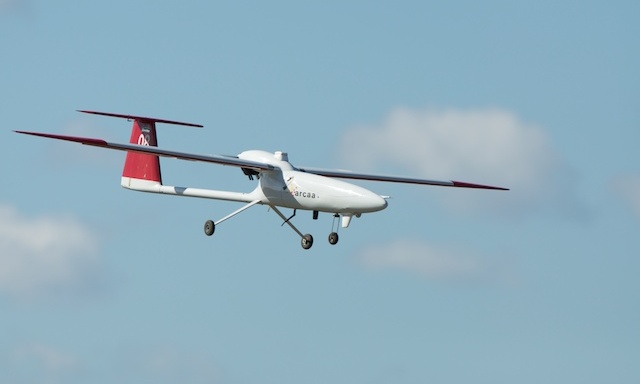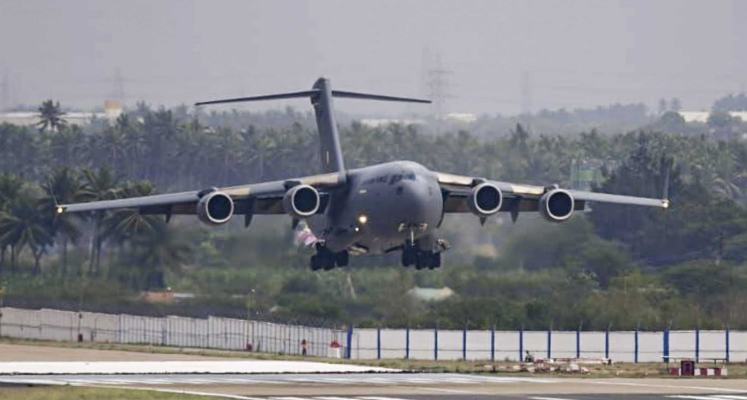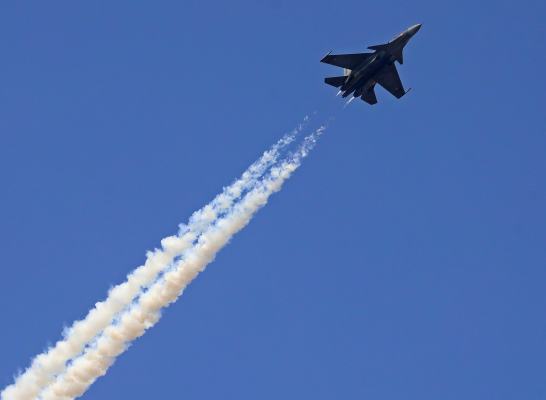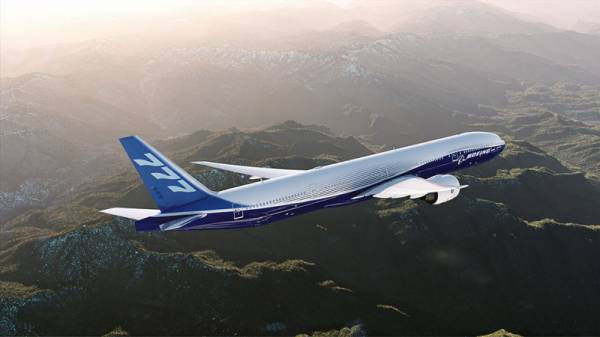
MELBOURNE (PTI): In a breakthrough, Australian researchers have unveiled the world's first 3D-printed jet engine that could pave the way for cheaper, lighter and more fuel-efficient jets, attracting the attention of top aircraft makers.
Researchers at Australia's Monash University, in a joint venture with spin-out company Amaero Engineering have printed two engines and put one of them on display at the International Air Show in Avalon, Victoria.
The manufacturing breakthrough is said to open the door for engineers to make and test parts of jet engines in days instead of months and could be the saviour of Australia's struggling manufacturing sector.
"(In the past you had to) melt, mould, carve and turn to get the final product," Ian Smith, Monash University's vice-provost for research said, according to ABC report.
"This way we can very quickly get a final product, so the advantages of this technology are, firstly, for rapid prototyping and making a large number of prototypes quickly," he said.
Smith said that he believed Monash was well placed to take advantage of the technology because the university made the materials as well as printing the parts.
"We are the only centre [in the world] that's developed the materials that go into the printers, so we can make stuff of sufficient quality," he said.
"That's why the French aerospace industry and large companies like Safran, Microturbo and Airbus are wanting to work with Monash and work with Australian companies," he said.
The research began two years ago with a challenge from French aerospace company Safran which gave Monash researchers one of their old engines and asked them to make a copy.
After an year-long process, the engineers were successful in developing a proto-type of the engine and they are now making top-secret prototype parts for Safran, Boeing and Airbus.
Smith said the capabilities of the technology were only "scratching the tip of the iceberg".
"We have talked about how it can be useful in the aerospace industry, but we see enormous applications in the biomedical industry," he said.
According to reports, defence contractor Raytheon and the chief scientist of the US Air Force, Dr Mica Endsley, are interested in the project.
"[Dr Endsley said it was] very interesting, it's an area they are looking at right now and they see great opportunity, much as we do in the same area," Amaero Engineering's Robert Hobbs said.
Hobbs said he hoped the technology would eventually create "spare parts on demand".
 Previous Article
Previous Article Next Article
Next Article













The Indian Air Force, in its flight trials evaluation report submitted before the Defence Ministry l..
view articleAn insight into the Medium Multi-Role Combat Aircraft competition...
view articleSky enthusiasts can now spot the International Space Station (ISS) commanded by Indian-American astr..
view article